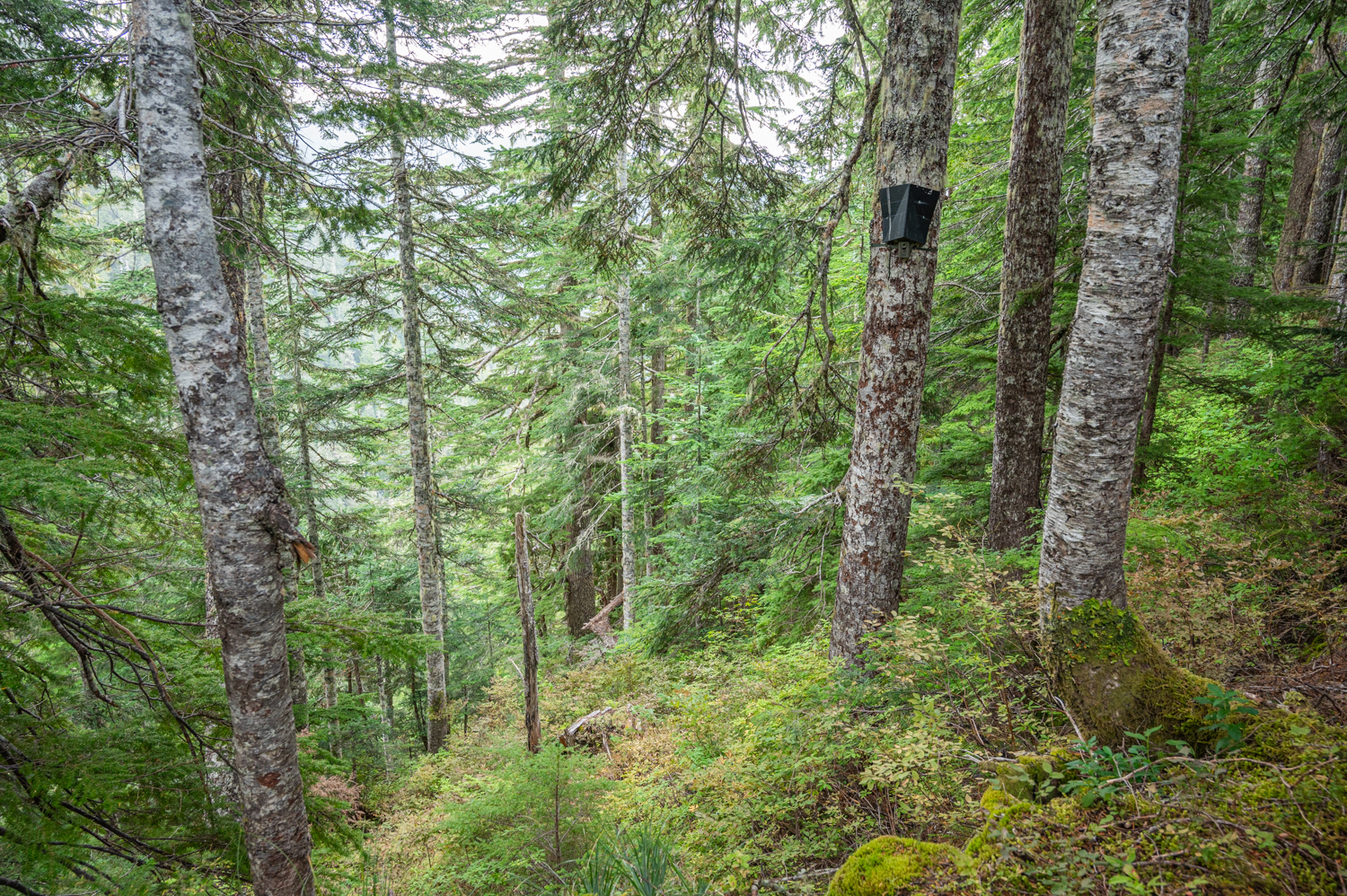
Olympic Marten Project
This summer (2023) I worked as a wildlife field technician for Dylan Hubl, a master’s student at the University of Washington in Aaron Wirsing’s Predator Ecology Lab, studying Pacific martens in the Olympic Mountains. This project is part of a partnership between the University of Washington, Olympic National Park, Olympic National Forest, and Woodland Park Zoo. We hiked, backpacked, and bushwhacked over 500 miles and did a few hundred feet of tree climbing this summer. Our objective? To collect the data from 67 motion-triggered cameras that had been left out for a year, across the Olympic National Park and Olympic National Forest, all in the hopes of detecting Pacific martens that call the Olympic Peninsula home. But how did we accomplish all this? Well, like anything, one step at a time.
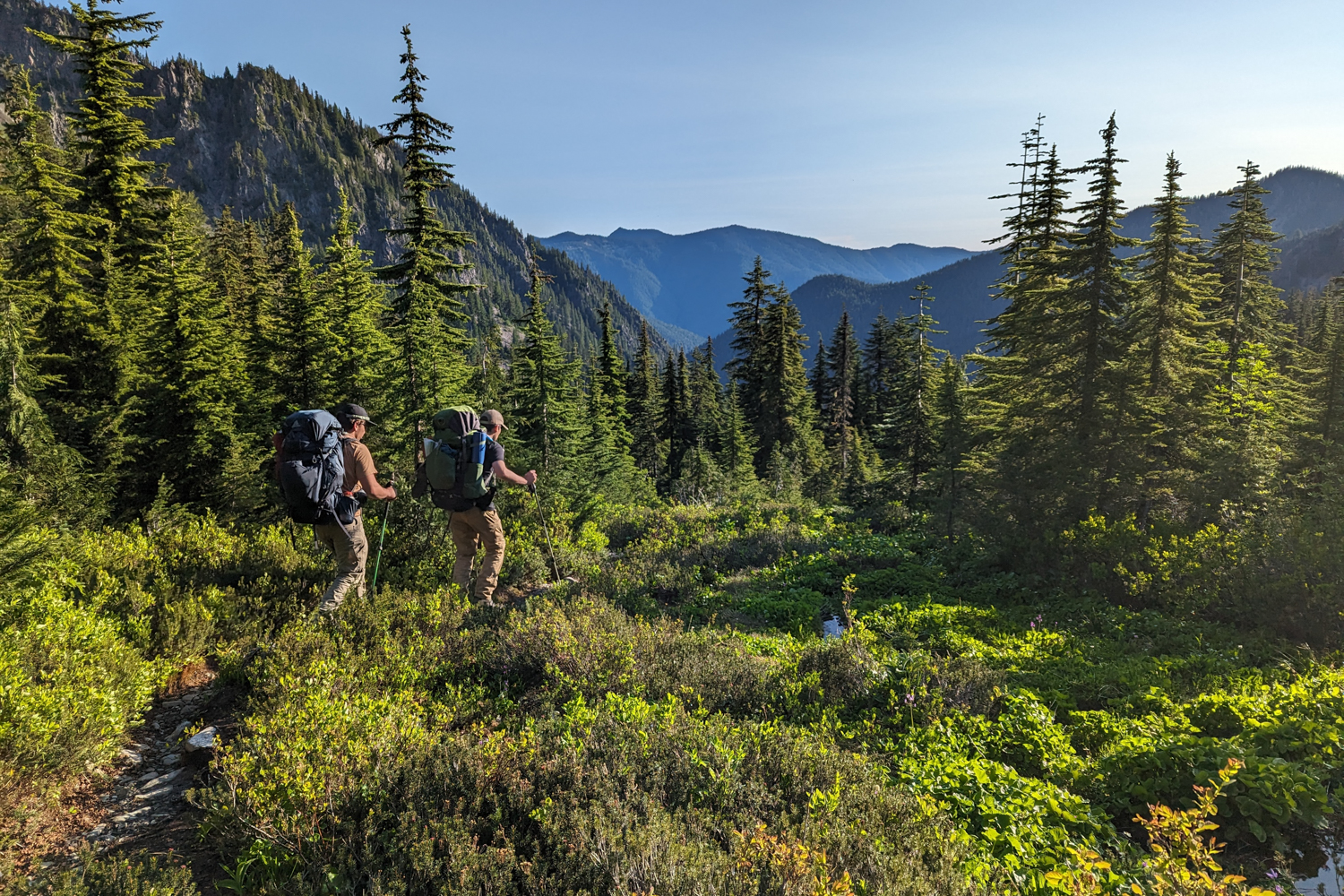
Master’s student Dylan Hubl and field tech Michael O’Neil.
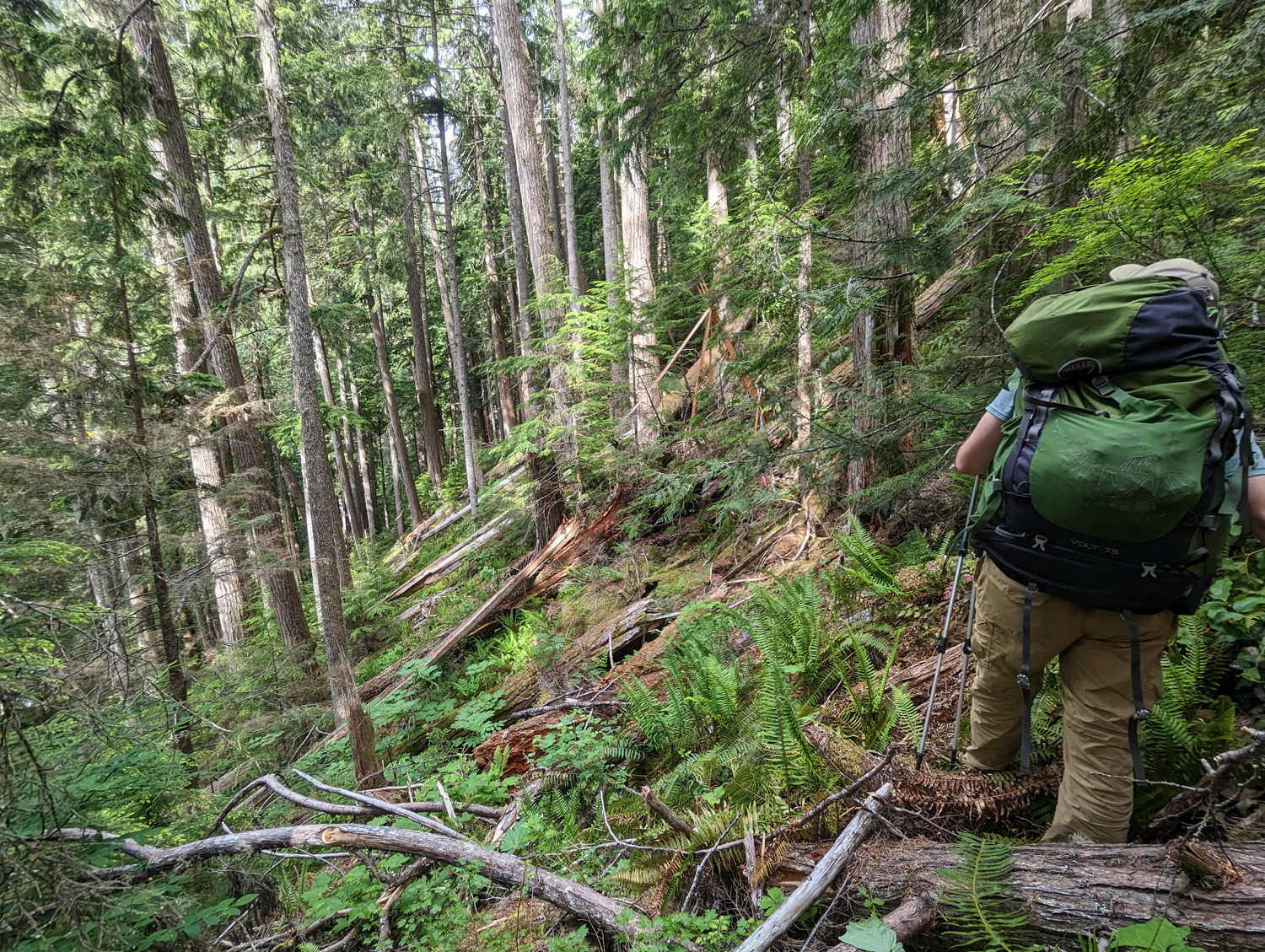
Master’s student Dylan Hubl leading us into one of our first camera sites.
How many times did I pack and repack my backpack this summer? Too many to count! Preparing for our backpacking trips had an added element of complexity because not only were we packing for ourselves, but we also had project related gear to pack in and pack out to camera sites. Minimalism was the name of the game.
Each camera site was a minimum of 250 meters from trails or roads. Tightening the packs and pulling out the Garmin GPS unit, we prepared ourselves for whatever lay between us and the cameras, before taking the plunge. At each camera site, there were two cameras, a scent dispenser, hairbrushes, and other small accessories. Each camera site had a primary and secondary camera. The primary was placed 18-25 feet up a tree facing down toward the scent dispenser, which was 15 ft above the ground in an adjacent tree. The secondary camera was in a tree at a site about 100-150 meters away, facing a wildlife trail. This secondary camera acted as a control for the scented primary site. Thus, we had to carry climbing equipment to ascend and remove the equipment, which had been set up the previous summer. A complete camera site setup weighed about 11 pounds, and we typically collected at least two setups per trip.
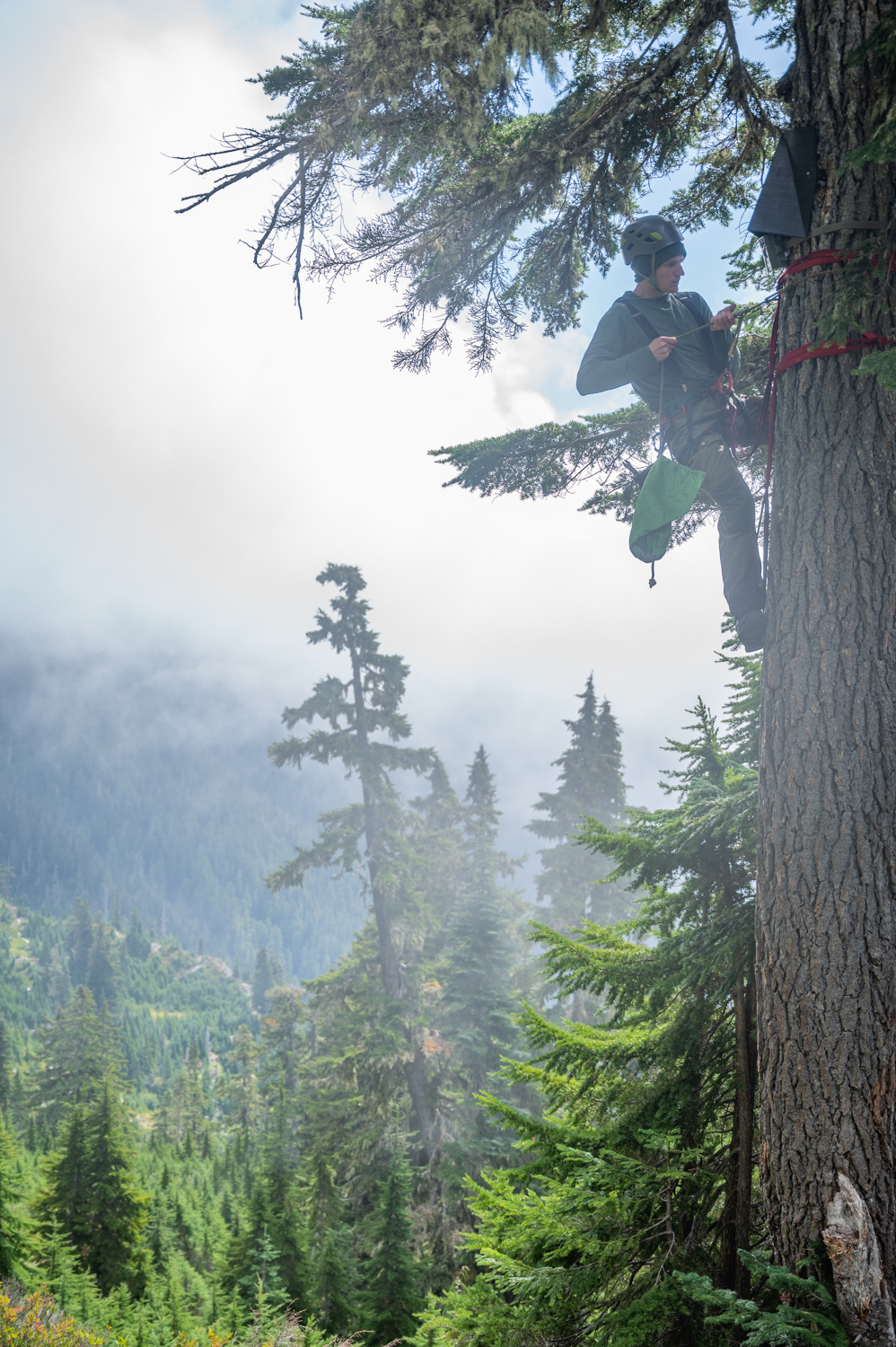
Me climbing to collect a camera (photo taken by Michael O’Neil).

View from Dodger Point.
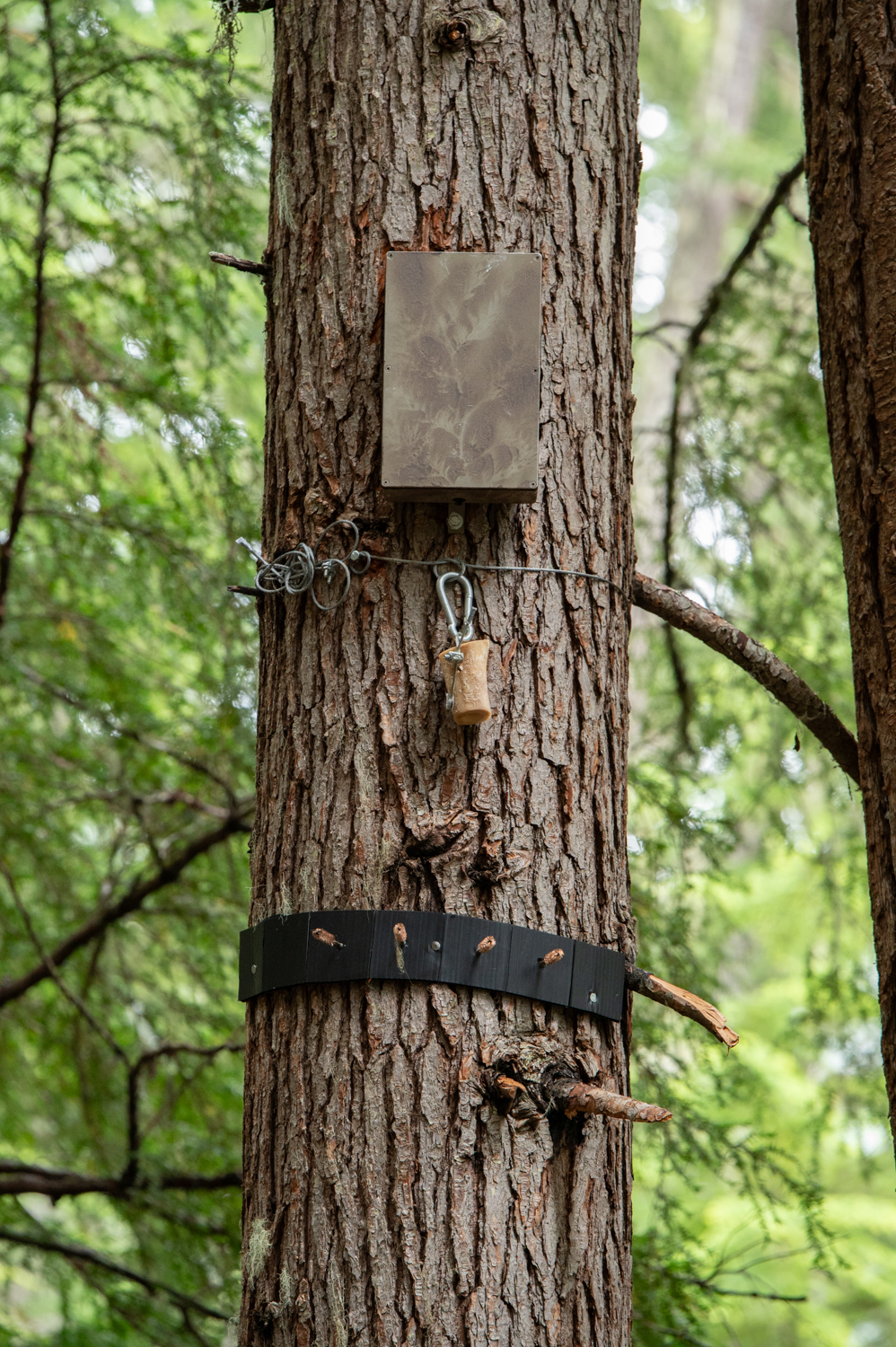
One of two scent dispenser designs developed by Robert Long at Woodland Park Zoo.
Now, what was in the scent dispensers you may be wondering. Well, it was a lovely concoction of a skunk gland mixture, so you can imagine how we smelled as we passed people on the trails…Oh boy, did we get some funny looks and exasperated words from other hikers!
Back from the field, and after a thorough shower, we would review whatever camera footage we had not already reviewed in the field. All manner of critters were attracted to our scent dispersers. Some of the most common species were deer, bears, Douglas squirrels, mountain lions, bobcats, and Roosevelt elk. Two species of special importance were martens and fishers.
Both members of the weasel family, martens (both American and Pacific martens) and fishers have a typical weasel-like body: long, narrow, relatively short legs, and pointed snout. However, what makes both species unique from their weasel cousins is their semi-arboreal lifestyle. Specially adapted ankle joints allow fishers and martens to scale down trees head first. This adaptation is key to their livelihoods, as both species pursue arboreal prey and both require tree cavities for giving birth and rearing young. Being 2-7 times lighter and about half to two-thirds times smaller (in terms of body length and width) than fishers, martens spend more time in trees. Despite their more arboreal nature, most of a marten’s time is still spent on the ground.
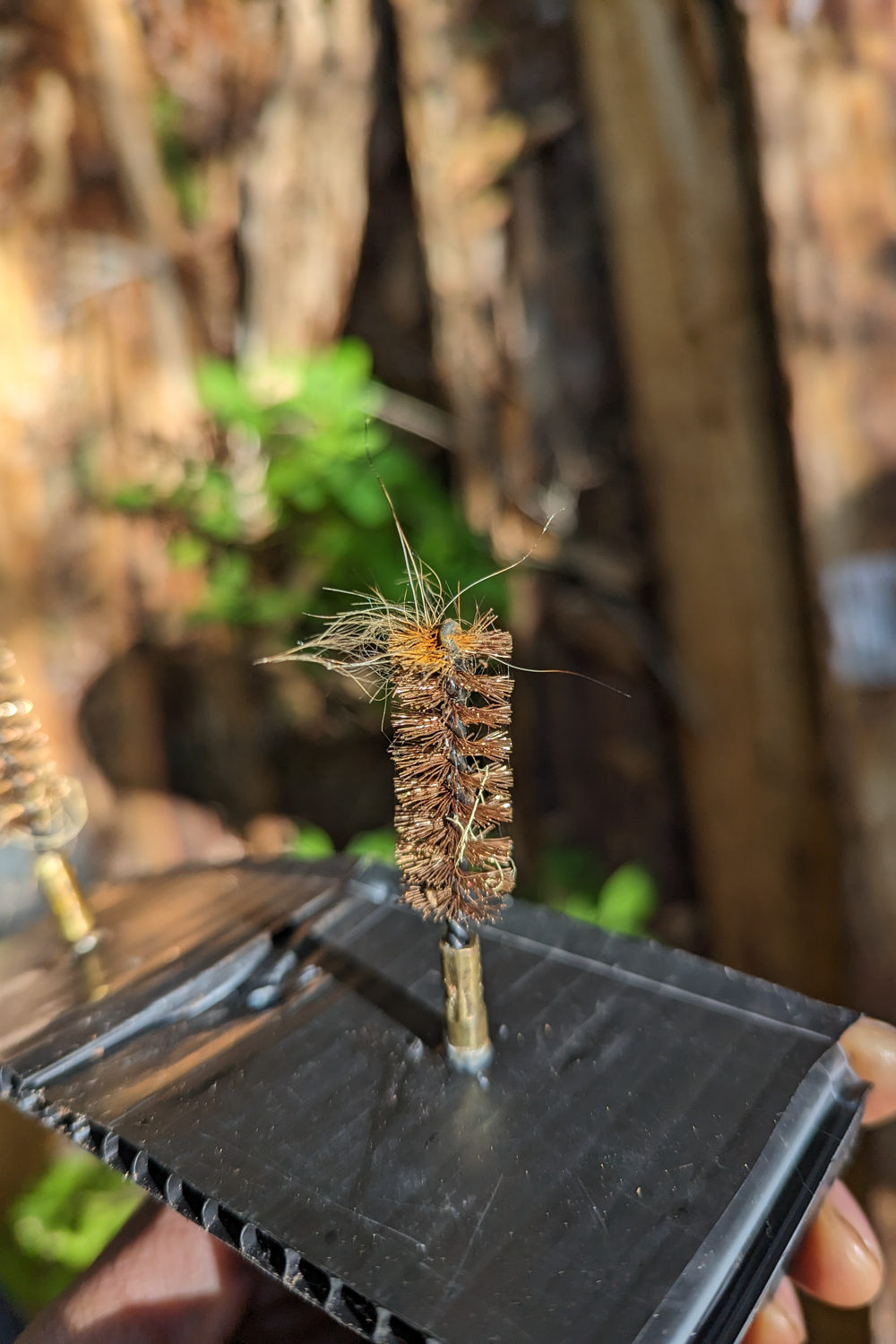
Hair brush with captured hairs, though the species was unknown.
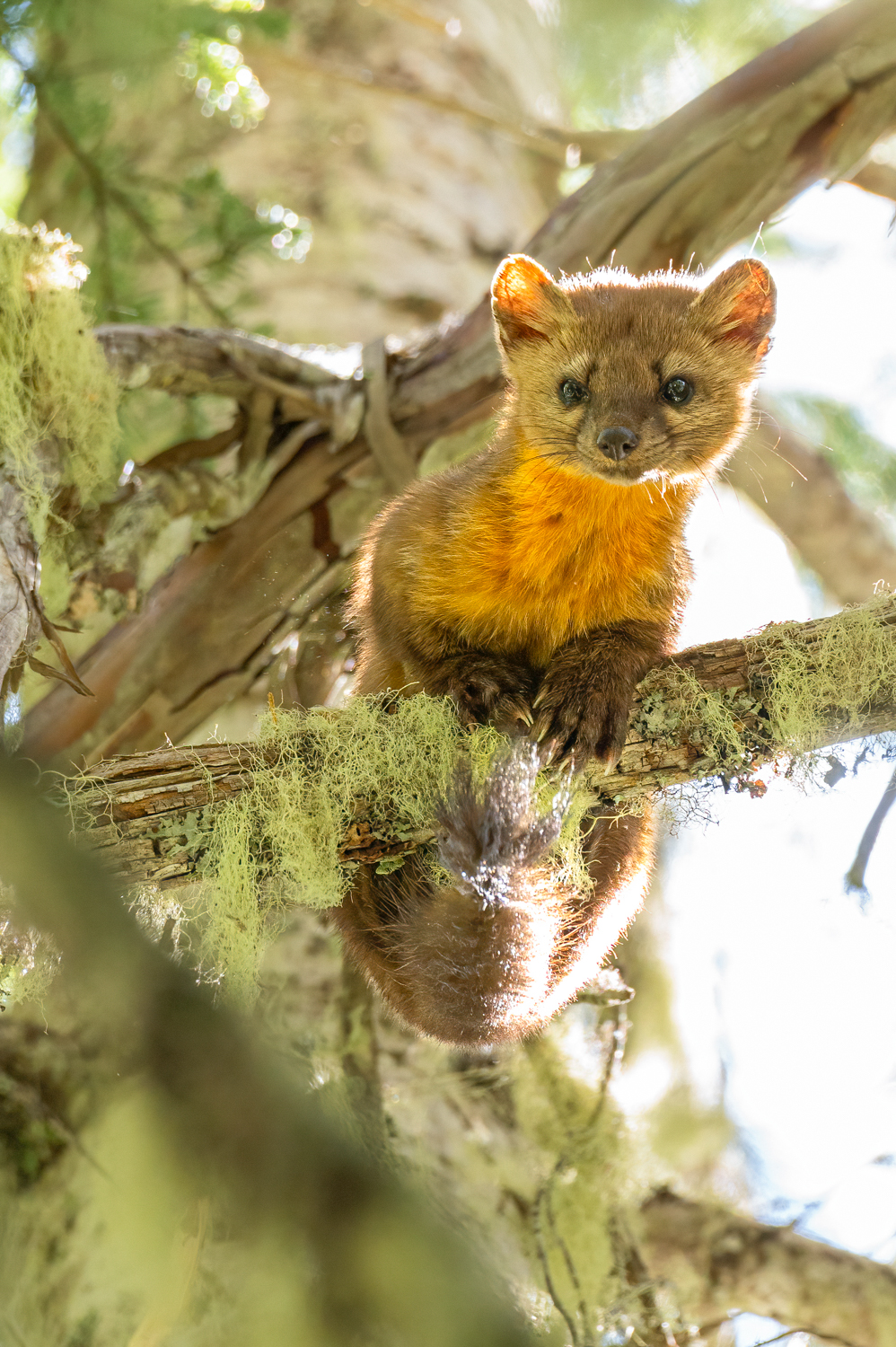
Pacific marten photographed by me in the Goat Rocks Wilderness.
Pacific martens have a more muddied story. Like their larger cousins, the fisher, martens were also trapped across the Olympics. Before European Americans arrived to the Salish Sea and Olympic Peninsula, martens lived from the tidelands (all along the Pacific Coast) to the timberline (on mountain tops) across Washington, Oregon, and California, much like Pacific martens on Vancouver Island do to this day. However, after decades of trapping right through the 1940s and 50s, and deforestation at lower elevations, martens seemed to disappear from much of the coast and lower elevation forests. Between 1968 and 2022, prior to the retrieval of this project’s cameras, the USDA Forest Service and National Park Service had reported only 26 marten detections, through similar camera sites and sightings from the public. This project is the largest concerted effort to search for martens, to date, on the Olympic Peninsula. But why was this study focused solely on the Olympics? Due to logging, development, and construction of large road systems, such as Interstate-5, martens on the Olympic Peninsula are isolated from populations to the east, in the Cascade Range, and to the south, in Oregon.
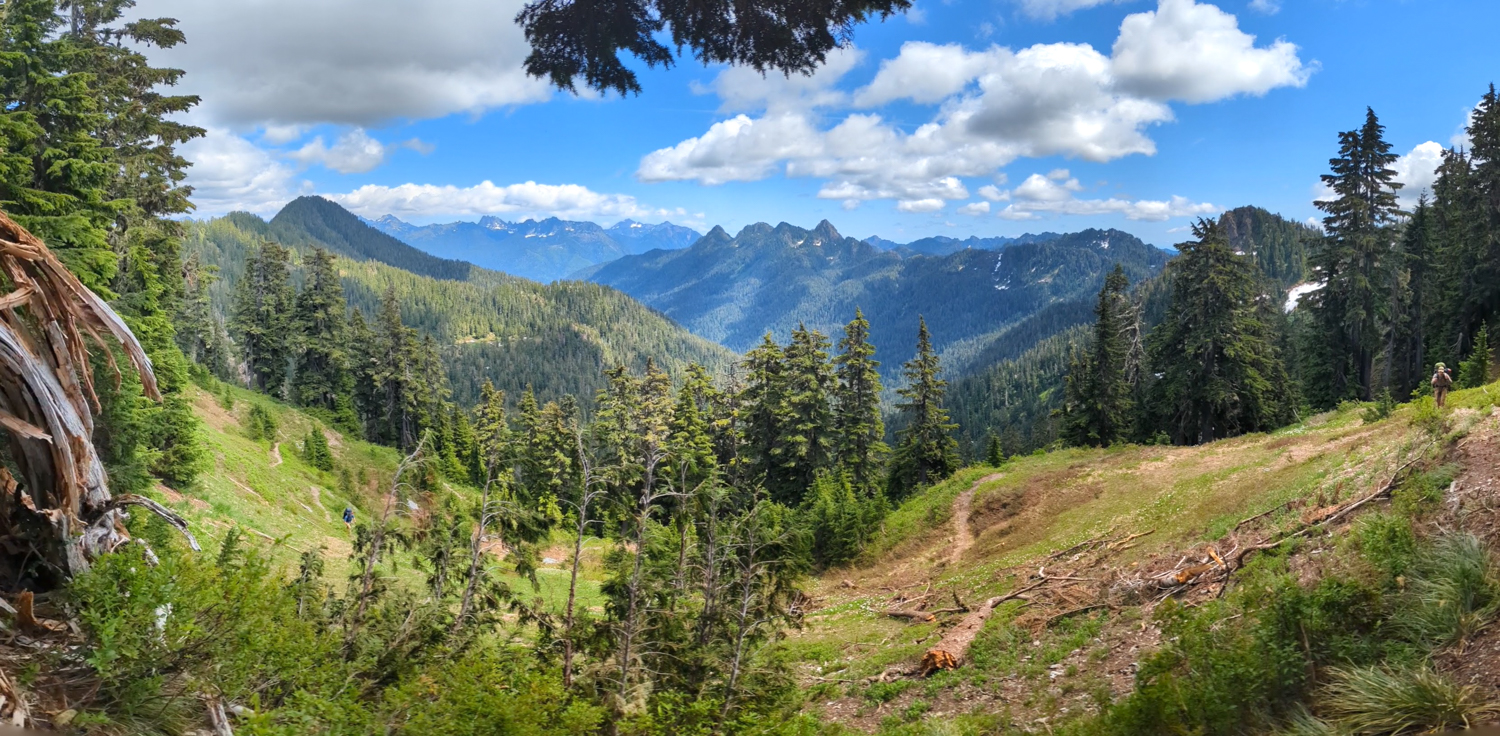
View from the Six Ridge Trail.
So how successful were we? Of the 67 camera sites, across elevations ranging from about 1,500 ft to over 5,000 ft, we detected martens at five sites. Four of the five detections were on different ridgelines, generally above 3,700 ft elevation, though there was one detection below 3,000 feet along a stream, and captured during the winter. Notably, three of these occurrences were on ridgelines where martens had never been detected. With so few marten sightings in the past 70 years (26 detections before this summer), each occurrences is extremely valuable. Between these observations and numerous collected scats, which if determined to be marten would add to known locations, the hope is that this project will shed more light on marten distribution across the Olympics and help guide future projects.
From sea level to mountain top, we walked. Through rainy days, bugs, and thorny brush, we toiled. Blood, sweat, and possibly some tears were left out in the Olympics this summer, but I would do it all over again. The freedom, awe, and sense of being in mountains such as the Olympics pulls at your heart strings. A piece of me will always be left in those mountains, and the adventures we undertook will always live in my memory. Perhaps, some day, I’ll have the privilege of seeing a marten there in person.
Also check out this tid bit from the Woodland Park Zoo: https://www.zoo.org/martens.
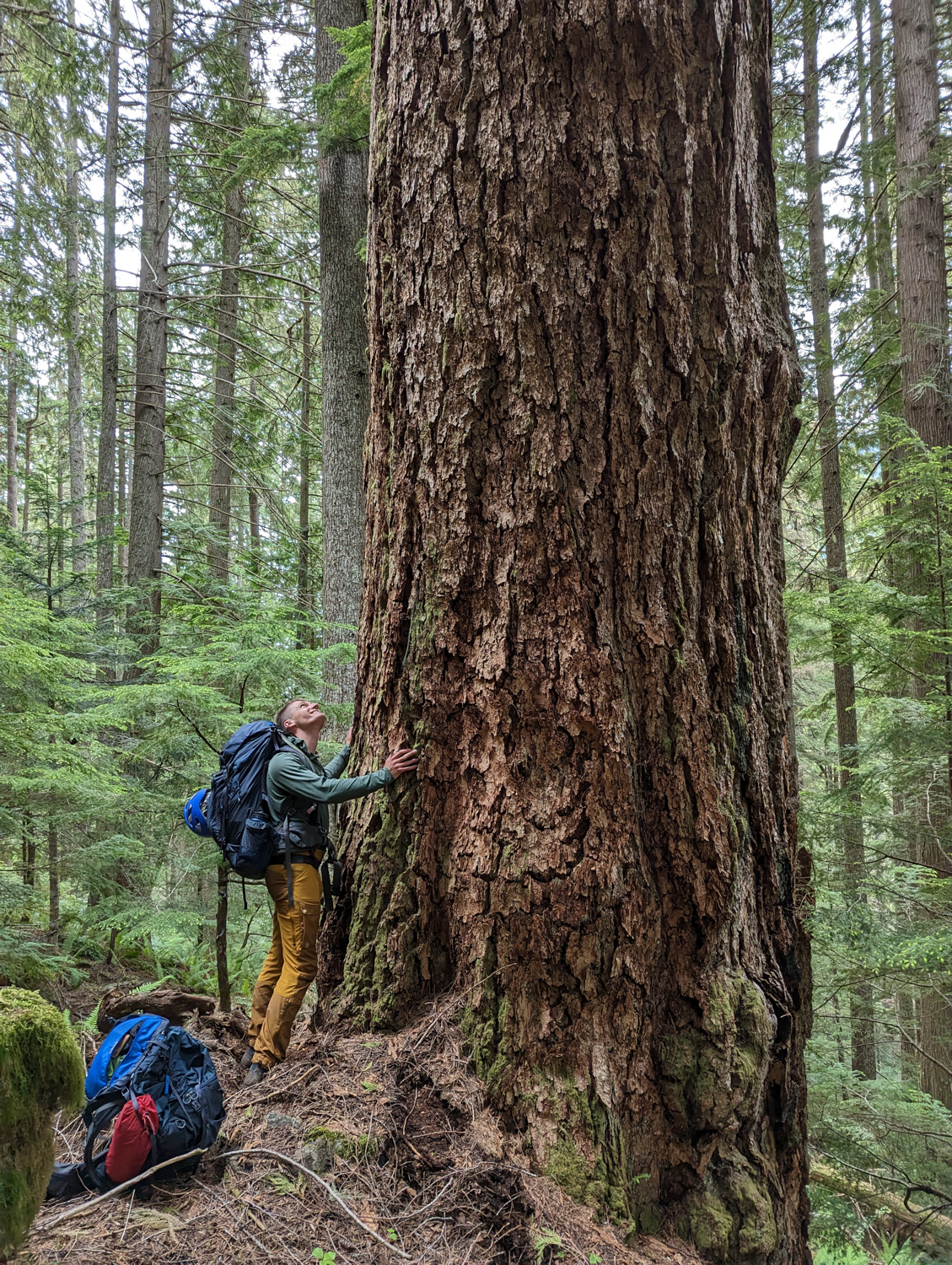
Me next to a 9-ft diameter Douglas-fir that is at least 500 years old (photo taken by Michael O’Neil).
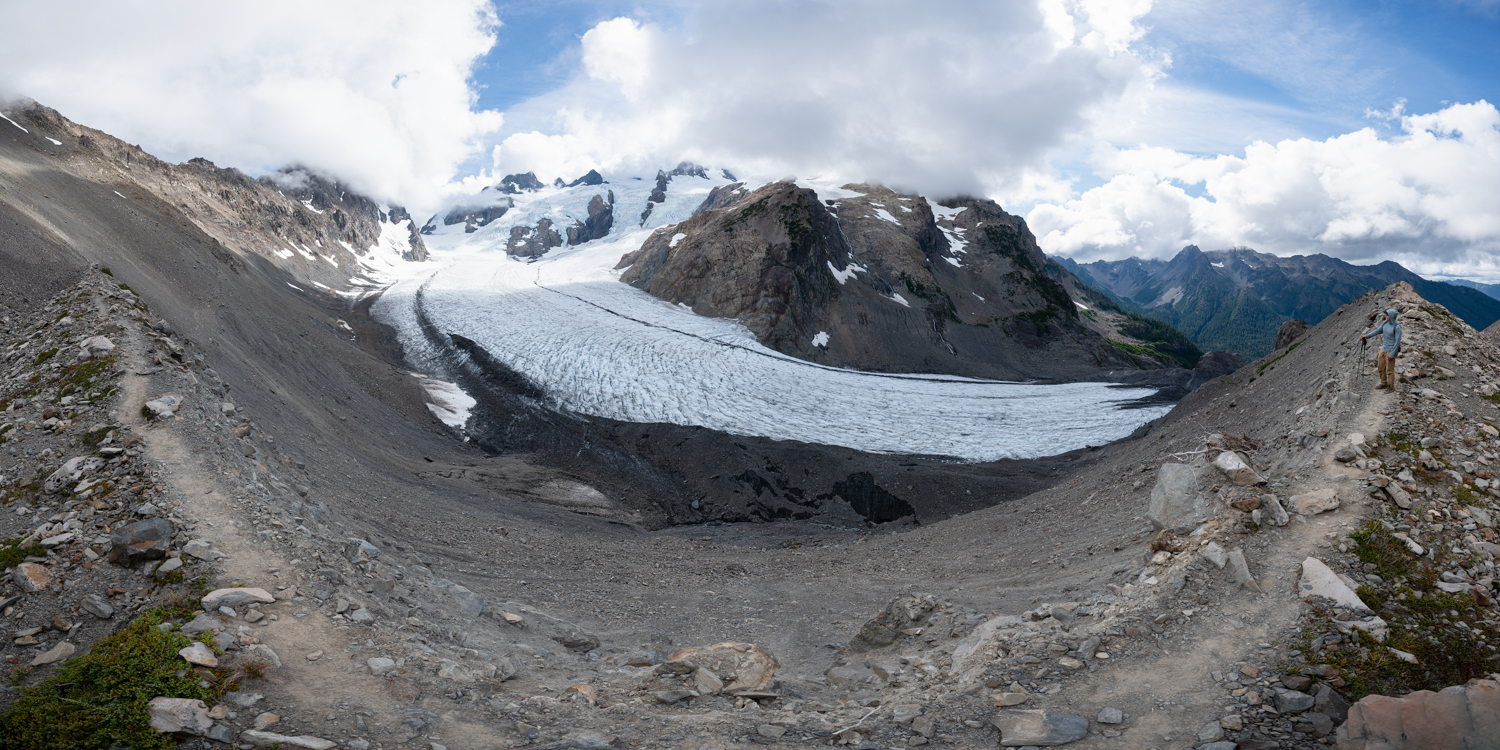
Blue Glacier on its unending journey down from the summits of Mt. Olympus.
